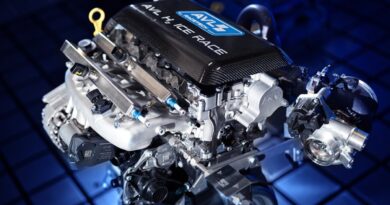Automakers must build cheaper, smaller EVs to spur adoption, report says
Earlier this week, we learned of an effort by some auto dealers to pump the brakes on the US government’s electric vehicle adoption goals. EVs are sitting too long on dealership lots, they say, and the public just isn’t ready to switch. Those fears are overblown, says JD Power; it says that 29.2 percent of consumers say they’re very likely to buy an EV as their next car, a percentage that grew by 3 percent last month alone.
That means EV market share should grow to 13 percent by the end of 2024 and to 24 percent in 2026, according to JD Power, which says the EV market is still in the “early adopter” phase. (Current EV market share is about 8 percent.)
But the industry has some work to do if it wants to smoothly transition from those early adopters to the “early majority” phase, and JD Power’s advice sounds a lot like what we constantly hear in the comments: build smaller, cheaper EVs.
Specifically, the compact crossover market, whether you like it or not, represents the biggest segment of the US passenger vehicle market. Of all new vehicle sales, 16.5% are compact crossovers, but EVs are heavily underrepresented in the mainstream compact SUV segment, accounting for just 6 percent of sales.
It’s a very different picture for premium compact SUVs—these are only 6.5 percent of the total market, JD Power says, but almost half of those premium compact SUVs sold are now fully electric. And mainstream customers have to pay a lot more for the privilege of going electric; an EV powertrain only adds about $4,000 to the price of a comparable premium SUV, but the gap between a mass-market compact crossover and one with an internal combustion engine is around $18,000.
But pricing isn’t the only problem, say the analysts. Like it or not, EV buyers have some legitimate concerns not shared by people buying conventionally powered vehicles. About a third of the country cannot charge an EV at home, public charging infrastructure is inadequate, and consumers remain scared about reduced efficiency in cold weather and the effect of power outages. “The sooner EV stakeholders focus on consumer education and significant investment in EV charging infrastructure, the sooner mass market consumers will follow,” JD Power said.
Source : arstechnica.com




